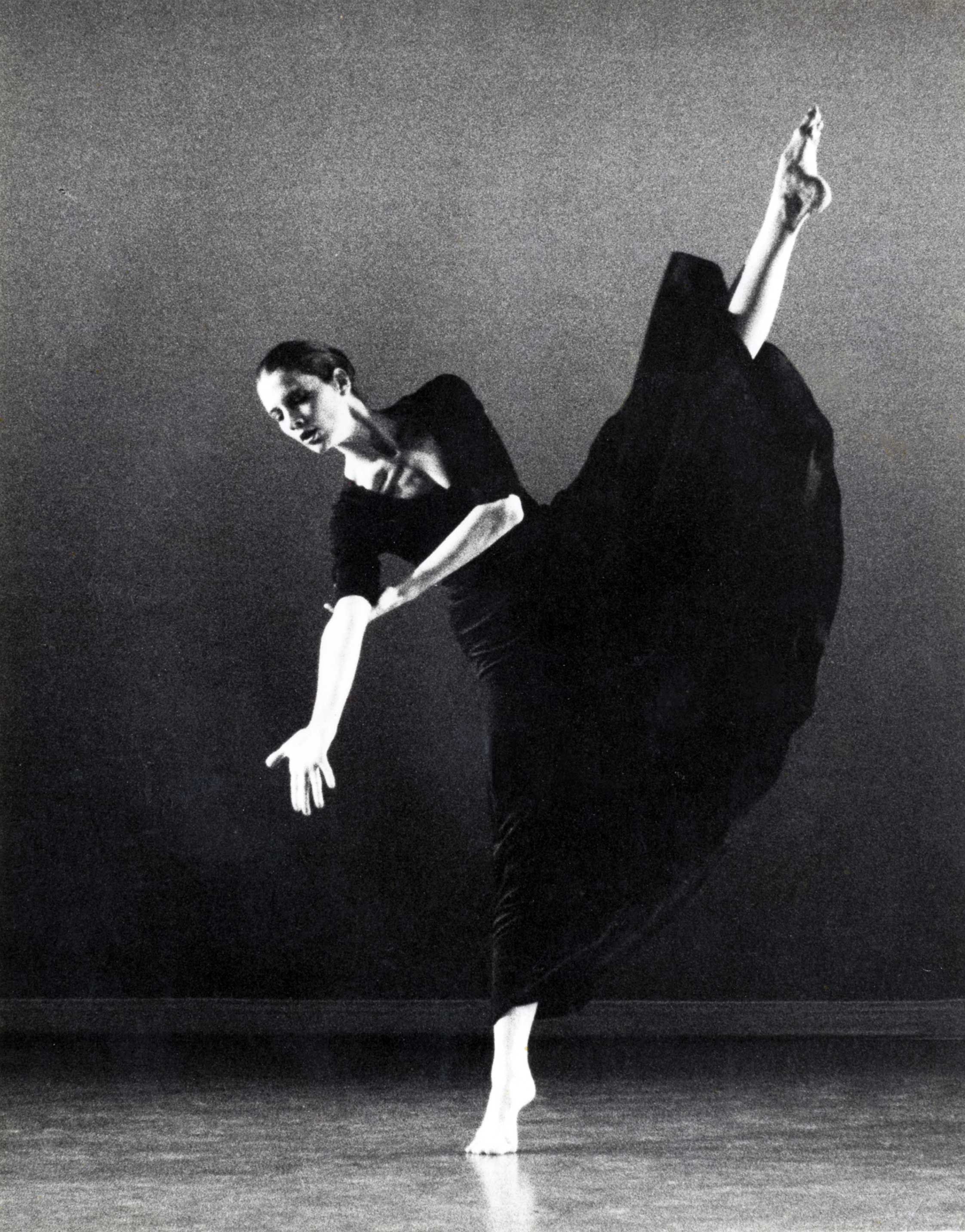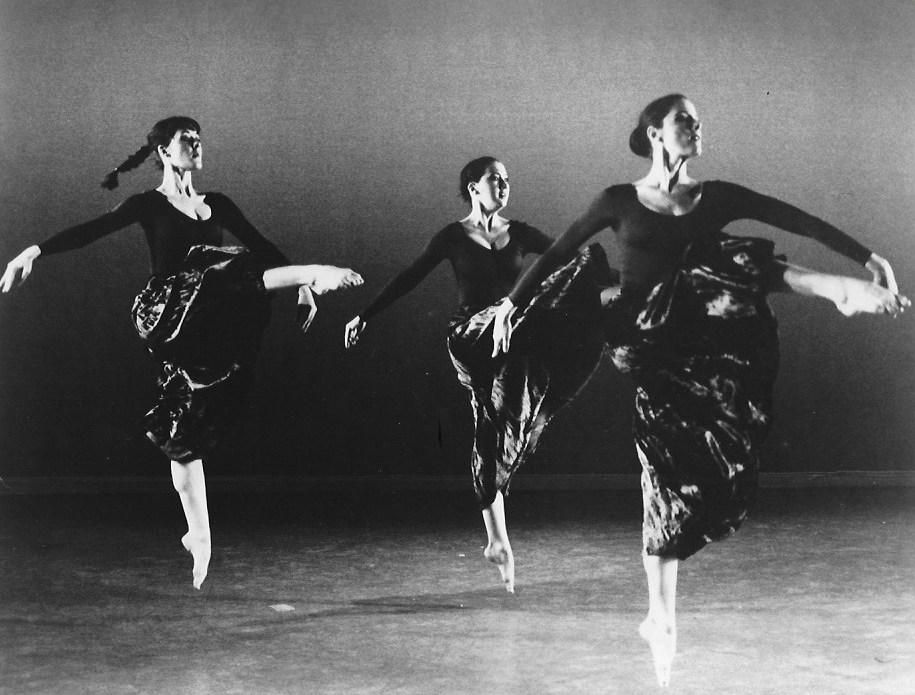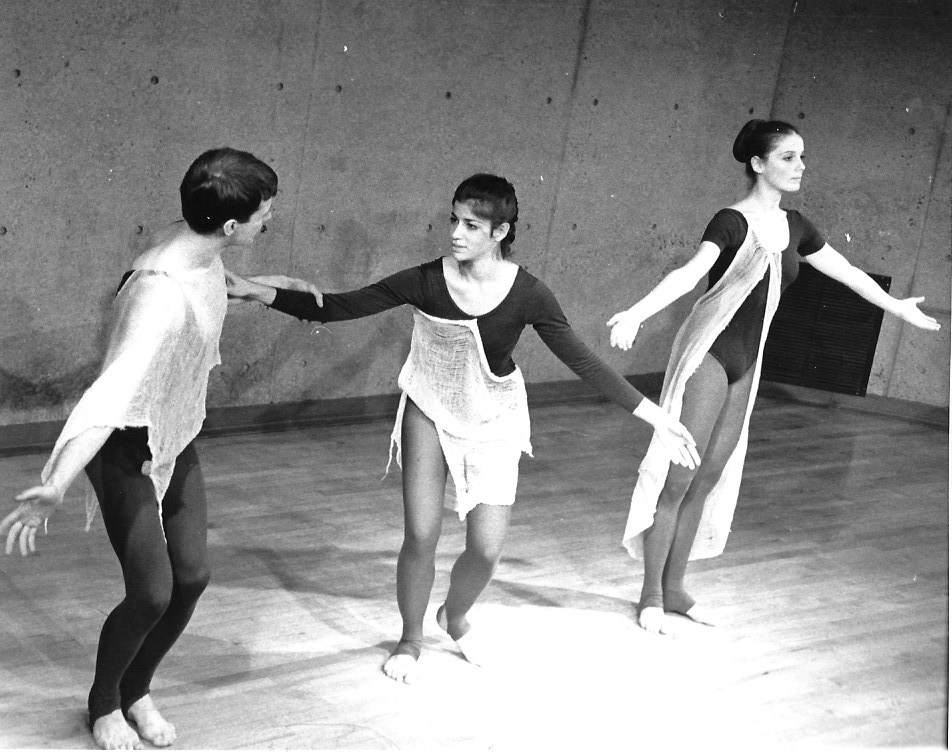On October 22, I streamed the funeral service of Dr. Walter Jacob. My cousin Maxine, who knows what an important person Rabbi Jacob was to me and my family, shared a notice that had gone out to congregants with a zoom link. Tears often steamed down my face as I heard rabbis he had mentored, and his family members, share the important role he had played in their lives. They pointed out that Dr. Jacob was a unique rabbi, combining outstanding scholarship with compassionate pastoral care. He encouraged others in simple, direct ways. As I write this, I am filled with many memories of how he helped me to find my path as choreographer/director of The Avodah Dance Ensemble. He also was very much our family rabbi.

“It’s OK if the new piece doesn’t work. Sometimes we fail.” Dr. Walter Jacob shared these words with me many years ago as we walked through the beautiful garden at his house a few days before we were due to premiere a new piece at Rodef Shalom as part of the service. It would be the third time The Avodah Dance Ensemble performed at Rodef Shalom. I expressed concern that I thought we were trying to do too much in the new piece. I don’t remember exactly what he said next, but it was something about how we learn from all of our experiences. Wise words that helped to guide me through the years.
I attended Rodef Shalom from the time I entered kindergarten until confirmation at age 16. Dr. Jacob was named Assistant Rabbi following his graduation from Hebrew Union College in 1955, and he remained at the congregation, except for the two years when he served as a US Airforce Chaplain in the Philippines. He became Senior Rabbi in 1966 and served in that position until his retirement in 1996 when he was named Rabbi Emeritus and Senior Scholar. My first contact with Rabbi Jacob was probably shortly after he returned from the Philippines. I was 14 and participating in the youth group. As he was guiding us in planning a Havdalah Service I must have mentioned my interest in dance, because he encouraged me, along with another member of the youth group (Suzan Fischer), to create a dance for this sweet service which marks the ending of Shabbat.
I don’t remember what the dance was like, but I do know that experience planted the seed that would later lead me to create and direct the Avodah Dance Ensemble. For the next 35 years, Dr. Jacob (Walter, as I grew to call him as an adult) would play important roles in my family’s life and in my professional dance life.
In a blog published on October 12, 2018, I described the performance of In Praise at Rodef Shalom in 1974. Its first performance had been as part of the dedication service of Temple Israel in Tallahassee, where we lived at the time. On a family visit to Pittsburgh shortly after the Tallahassee performance, my husband and I visited Walter. When I shared information about In Praise, Walter suggested doing it at Rodef Shalom. The performance on Sunday morning, January 27, 1974, stands out as a peak experience and turning point in my life and in the development of The Avodah Dance Ensemble. It became clear to me how I would use my dance talent. Walter helped to reinforce that, not only by inviting us to perform In Praise as part of the service, but by welcoming Irving Fleet (the composer) and me to stand with the clergy in a receiving line. The feedback, while overwhelming, was inspiring. I don’t know how many people came through the line, but it was a lot. (The synagogue seats 900 people on the main floor with a balcony for 300 more, and the downstairs was particularly full due to some excellent publicity in the days before the performance.) Then an amazing column by Milton Susman in The Jewish Chronicle closed by expressing gratitude to Dr. Walter Jacob, “for surrendering his pulpit to a happening that was couched in velvet.”

Photo by Morris Berman for the Pittsburgh Post-Gazette (1974).
A letter from Walter, after the event, reinforced the impact the piece had, and soon Irving Fleet and I were working on a new piece. As the repertory grew over the next two years, it became clear to me that running a Jewish liturgical dance company from Tallahassee, FL was not ideal, and I began thinking of a New York City-based company. When I shared that idea with Walter, he offered to reach out to Hebrew Union College – Jewish Institute of Religion in New York City to see what relationship we might have with the college. The result of his opening the door in 1976 was a long-running relationship for me with HUC-JIR, through 2004. The company performed in the chapel, first on 68th street and then quite regularly at 1 West 4th Street where HUC-JIR is now. The company was often invited to perform or teach a workshop in a rabbinic class. Later I taught in the Doctor of Divinity Program. All of this was made possible by Walter’s initial contact with Dr. Paul Steinberg, the Dean of the New York campus in 1976.
Walter was a board member of Avodah from the very beginning. He wonderfully encouraged Vigdor Kavalier, Executive Director of Rodef Shalom at the time, to also become a Board Member. Vigdor had a passion for dance and regularly attended New York City Ballet performances at Lincoln Center, flying in from Pittsburgh for a dance-filled weekend.
On a personal note, Walter married my husband and me. As a couple we kept in contact with Walter whenever we traveled to Pittsburgh and loved visiting first the garden in his home and then later the Biblical Garden. When I lost a sister to suicide and none of my immediate family was in Pittsburgh that particular day, my Mom’s secretary called Rodef Shalom and Walter simply came and sat with my Mom until a family member could be with her. My Mom worked in special education and had worked with Walter and Irene with their daughter Claire. Our daughter Rachel’s Bat Mitzvah was at Rodef Shalom. Although she studied with our rabbi in Tallahassee, due to family illness we moved the actual ceremony to Pittsburgh at Rodef Shalom with Walter officiating, so an important family member who lived in Pittsburgh could be part of the event. The depth of Walter’s quiet compassion and presence was indeed a gift to our family and to those of us at Rodef Shalom. For that I am deeply grateful.
This recent post in the CCAR newsletter remembers Walter’s role as a leader of the rabbinic community, a scholar, and a compassionate family rabbi.
As the years passed, I began to be aware of Walter’s outstanding scholarship and his vision to develop a rabbinic school in Germany. An article in Wikipedia is a resource to learn more about Walter, as is his obituary in the Pittsburgh Post Gazette.
Thank you, Maxine, for letting me know of Walter’s death. That it happened during Succot, the harvest holiday, provided a meaningful background so fitting for Walter, who loved nature and gardening. His memory is indeed a blessing, and will continue to be a blessing, for many of us whose lives he touched.




























